Jan Tommy Gravdahl
Deep active learning for nonlinear system identification
Feb 24, 2023Abstract:The exploding research interest for neural networks in modeling nonlinear dynamical systems is largely explained by the networks' capacity to model complex input-output relations directly from data. However, they typically need vast training data before they can be put to any good use. The data generation process for dynamical systems can be an expensive endeavor both in terms of time and resources. Active learning addresses this shortcoming by acquiring the most informative data, thereby reducing the need to collect enormous datasets. What makes the current work unique is integrating the deep active learning framework into nonlinear system identification. We formulate a general static deep active learning acquisition problem for nonlinear system identification. This is enabled by exploring system dynamics locally in different regions of the input space to obtain a simulated dataset covering the broader input space. This simulated dataset can be used in a static deep active learning acquisition scheme referred to as global explorations. The global exploration acquires a batch of initial states corresponding to the most informative state-action trajectories according to a batch acquisition function. The local exploration solves an optimal control problem, finding the control trajectory that maximizes some measure of information. After a batch of informative initial states is acquired, a new round of local explorations from the initial states in the batch is conducted to obtain a set of corresponding control trajectories that are to be applied on the system dynamics to get data from the system. Information measures used in the acquisition scheme are derived from the predictive variance of an ensemble of neural networks. The novel method outperforms standard data acquisition methods used for system identification of nonlinear dynamical systems in the case study performed on simulated data.
Sparse neural networks with skip-connections for nonlinear system identification
Jan 02, 2023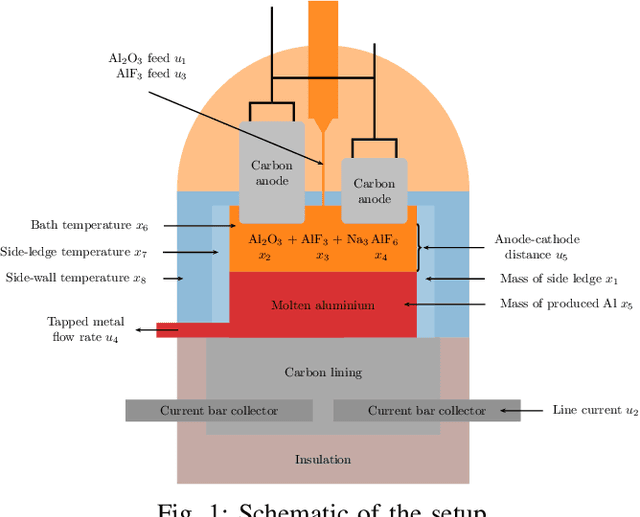
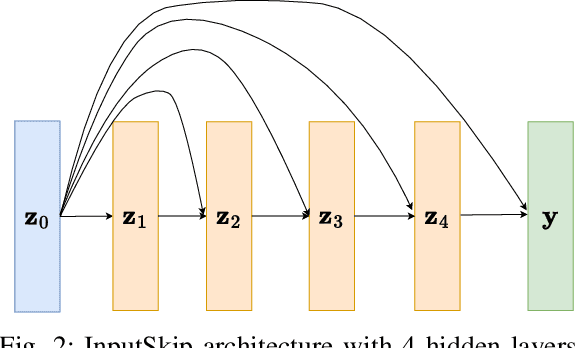
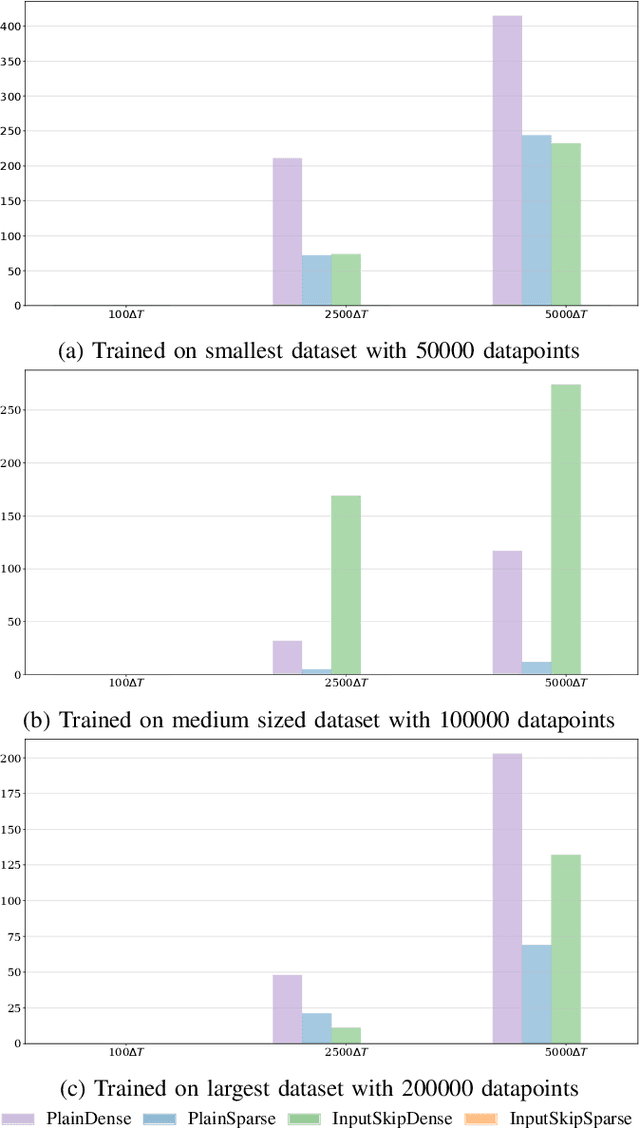
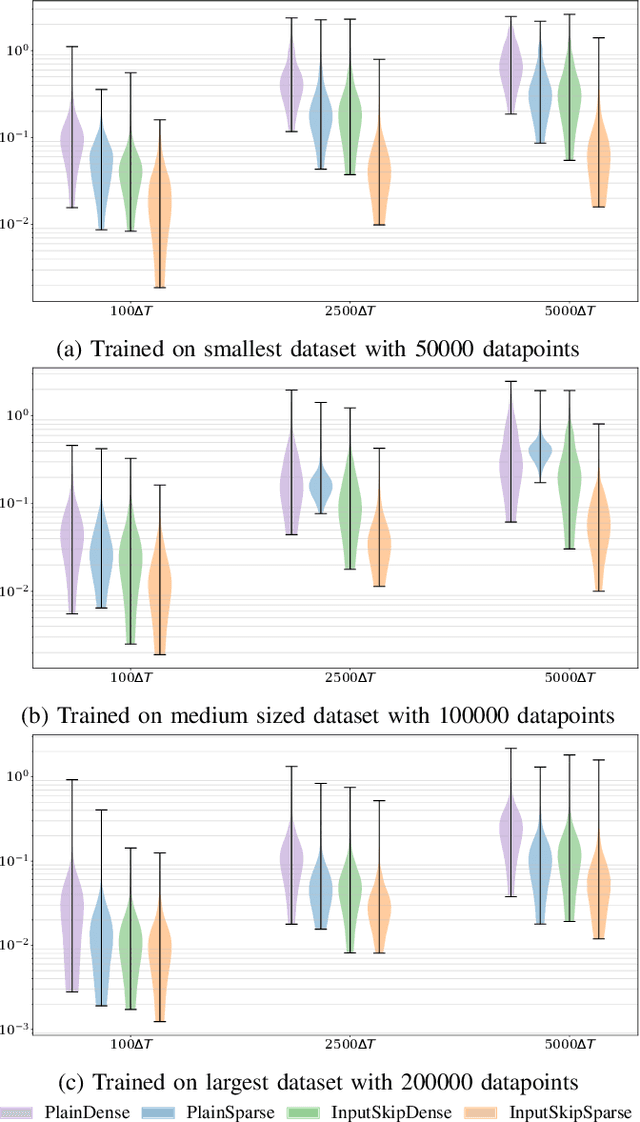
Abstract:Data-driven models such as neural networks are being applied more and more to safety-critical applications, such as the modeling and control of cyber-physical systems. Despite the flexibility of the approach, there are still concerns about the safety of these models in this context, as well as the need for large amounts of potentially expensive data. In particular, when long-term predictions are needed or frequent measurements are not available, the open-loop stability of the model becomes important. However, it is difficult to make such guarantees for complex black-box models such as neural networks, and prior work has shown that model stability is indeed an issue. In this work, we consider an aluminum extraction process where measurements of the internal state of the reactor are time-consuming and expensive. We model the process using neural networks and investigate the role of including skip connections in the network architecture as well as using l1 regularization to induce sparse connection weights. We demonstrate that these measures can greatly improve both the accuracy and the stability of the models for datasets of varying sizes.
A novel corrective-source term approach to modeling unknown physics in aluminum extraction process
Sep 22, 2022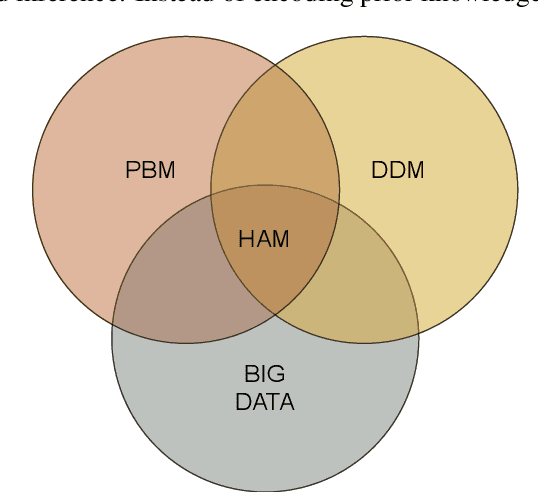
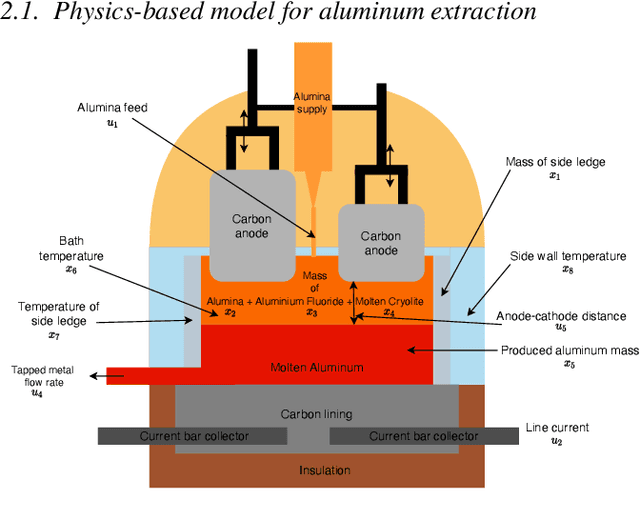
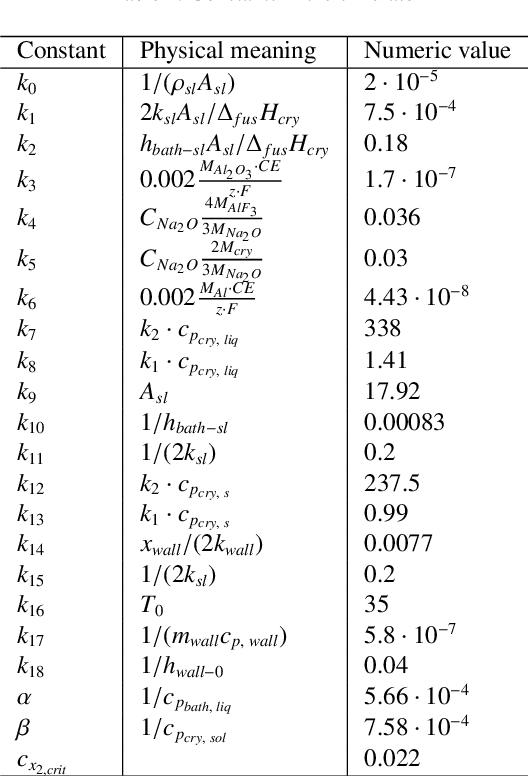
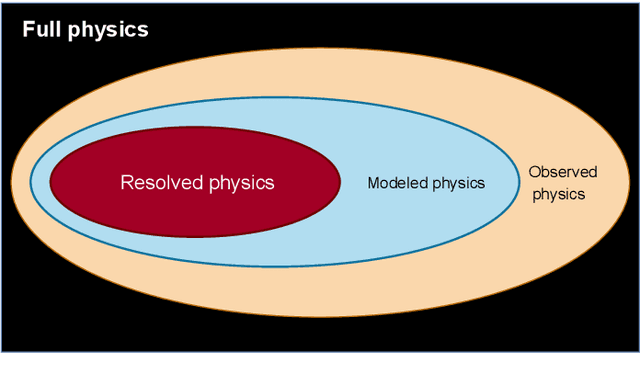
Abstract:With the ever-increasing availability of data, there has been an explosion of interest in applying modern machine learning methods to fields such as modeling and control. However, despite the flexibility and surprising accuracy of such black-box models, it remains difficult to trust them. Recent efforts to combine the two approaches aim to develop flexible models that nonetheless generalize well; a paradigm we call Hybrid Analysis and modeling (HAM). In this work we investigate the Corrective Source Term Approach (CoSTA), which uses a data-driven model to correct a misspecified physics-based model. This enables us to develop models that make accurate predictions even when the underlying physics of the problem is not well understood. We apply CoSTA to model the Hall-H\'eroult process in an aluminum electrolysis cell. We demonstrate that the method improves both accuracy and predictive stability, yielding an overall more trustworthy model.
Deep Model Predictive Variable Impedance Control
Sep 20, 2022



Abstract:The capability to adapt compliance by varying muscle stiffness is crucial for dexterous manipulation skills in humans. Incorporating compliance in robot motor control is crucial to performing real-world force interaction tasks with human-level dexterity. This work presents a Deep Model Predictive Variable Impedance Controller for compliant robotic manipulation which combines Variable Impedance Control with Model Predictive Control (MPC). A generalized Cartesian impedance model of a robot manipulator is learned using an exploration strategy maximizing the information gain. This model is used within an MPC framework to adapt the impedance parameters of a low-level variable impedance controller to achieve the desired compliance behavior for different manipulation tasks without any retraining or finetuning. The deep Model Predictive Variable Impedance Control approach is evaluated using a Franka Emika Panda robotic manipulator operating on different manipulation tasks in simulations and real experiments. The proposed approach was compared with model-free and model-based reinforcement approaches in variable impedance control for transferability between tasks and performance.
Sparse deep neural networks for modeling aluminum electrolysis dynamics
Sep 13, 2022



Abstract:Artificial neural networks have a broad array of applications today due to their high degree of flexibility and ability to model nonlinear functions from data. However, the trustworthiness of neural networks is limited due to their black-box nature, their poor ability to generalize from small datasets, and their inconsistent convergence during training. Aluminum electrolysis is a complex nonlinear process with many interrelated sub-processes. Artificial neural networks can potentially be well suited for modeling the aluminum electrolysis process, but the safety-critical nature of this process requires trustworthy models. In this work, sparse neural networks are trained to model the system dynamics of an aluminum electrolysis simulator. The sparse model structure has a significantly reduction in model complexity compared to a corresponding dense neural network. We argue that this makes the model more interpretable. Furthermore, the empirical study shows that the sparse models generalize better from small training sets than dense neural networks. Moreover, training an ensemble of sparse neural networks with different parameter initializations show that the models converge to similar model structures with similar learned input features.
CASCLIK: CasADi-Based Closed-Loop Inverse Kinematics
Jan 20, 2019



Abstract:A Python module for rapid prototyping of constraint-based closed-loop inverse kinematics controllers is presented. The module allows for combining multiple tasks that are resolved with a quadratic, nonlinear, or model predictive optimization-based approach, or a set-based task-priority inverse kinematics approach. The optimization-based approaches are described in relation to the set-based task approach, and a novel multidimensional "in tangent cone" function is presented for set-based tasks. A ROS component is provided, and the controllers are tested with matching a pose using either transformation matrices or dual quaternions, trajectory tracking while remaining in a bounded workspace, maximizing manipulability during a tracking task, tracking an input marker's position, and force compliance.
On Model Predictive Path Following and Trajectory Tracking for Industrial Robots
Mar 07, 2017



Abstract:In this article we show how the model predictive path following controller allows robotic manipulators to stop at obstructions in a way that model predictive trajectory tracking controllers cannot. We present both controllers as applied to robotic manipulators, simulations for a two-link manipulator using an interior point solver, consider discretization of the optimal control problem using collocation or Runge-Kutta, and discuss the real-time viability of our implementation of the model predictive path following controller.
 Add to Chrome
Add to Chrome Add to Firefox
Add to Firefox Add to Edge
Add to Edge